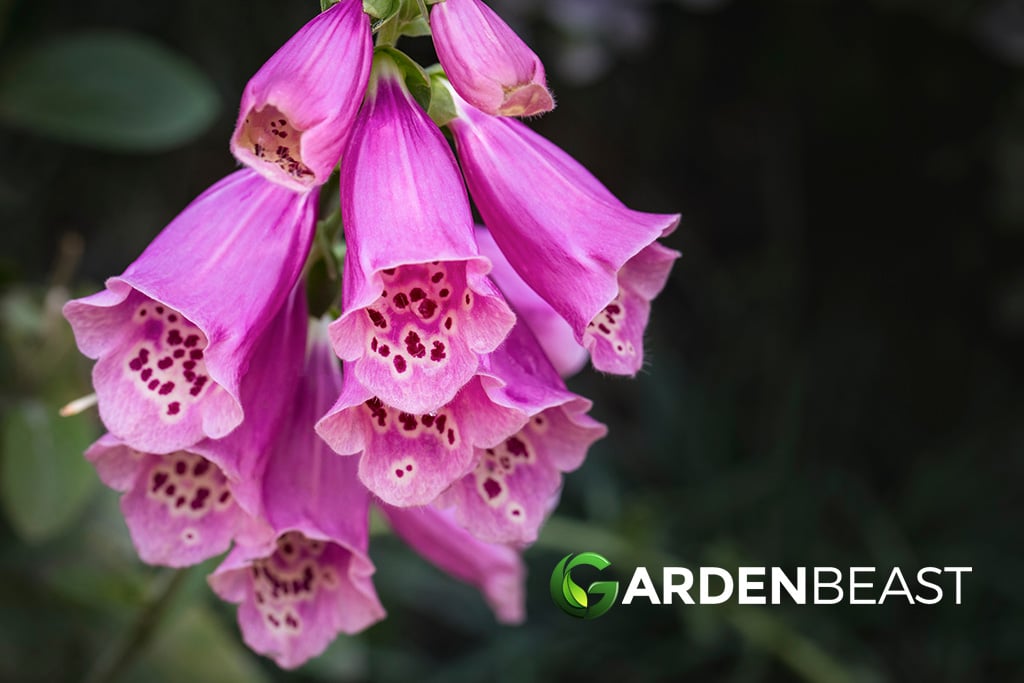Why Pruning is Essential for Foxglove Health
Pruning is a vital component of foxglove care, as it directly impacts the plant’s overall health and blooming performance. By understanding when to cut foxgloves back, gardeners can promote healthy growth, encourage blooming, and prevent disease. Foxgloves that are not pruned regularly can become leggy, produce fewer flowers, and become more susceptible to disease. On the other hand, regular pruning can stimulate new growth, increase flower production, and improve the plant’s overall appearance. In addition, pruning can help prevent the spread of disease by removing infected or damaged foliage. By incorporating pruning into their foxglove care routine, gardeners can enjoy a more vibrant and thriving plant that brings beauty and joy to their garden.
Identifying the Right Time to Cut Back Foxgloves
Knowing when to cut foxgloves back is crucial to maintaining their health and promoting optimal blooming. Foxgloves exhibit certain signs that indicate it’s time to prune, and recognizing these signs is essential to effective pruning. One of the most obvious signs is the presence of faded blooms. When the flowers have wilted and dropped their petals, it’s a clear indication that the plant is ready for pruning. Another sign is yellowing leaves, which can be a sign of nutrient deficiency or disease. By pruning away yellowing leaves, gardeners can prevent the spread of disease and encourage healthy growth. Stem dieback is another sign that it’s time to prune foxgloves. When stems begin to turn brown and wither, it’s a sign that the plant is directing its energy towards seed production rather than blooming. By cutting back stems, gardeners can redirect the plant’s energy towards producing more flowers. By recognizing these signs and pruning accordingly, gardeners can keep their foxgloves healthy, thriving, and blooming beautifully.
How to Prune Foxgloves for Maximum Impact
Pruning foxgloves is a straightforward process that requires some basic knowledge and the right tools. To prune foxgloves effectively, gardeners should follow these step-by-step instructions. First, gather a pair of clean, sharp pruning shears and a small bucket or bag to collect the clippings. Next, inspect the plant for any dead or damaged foliage, and remove it completely to prevent the spread of disease. Cut back the stems to about one-third of their height, making a clean cut just above a leaf node. This will help the plant direct its energy towards producing new growth and flowers. For tall varieties, consider staking the plant to prevent it from toppling over after pruning. Finally, shape the plant to maintain its natural habit and promote air circulation. By following these steps, gardeners can prune their foxgloves with confidence and enjoy a more vibrant and blooming plant. Remember, knowing when to cut foxgloves back is crucial, and pruning at the right time can make all the difference in the plant’s performance.
The Benefits of Deadheading Foxgloves
Deadheading foxgloves is a simple yet effective technique that offers numerous benefits for the plant’s health and appearance. By removing spent flowers, gardeners can encourage repeat blooming, improve the plant’s appearance, and reduce seed production. When foxgloves are allowed to produce seeds, they direct their energy towards seed production rather than blooming. By deadheading, gardeners can redirect the plant’s energy towards producing more flowers, resulting in a longer blooming period. Additionally, deadheading helps to maintain a tidy appearance, as spent flowers can make the plant look unkempt. It’s essential to deadhead foxgloves regularly, as soon as the flowers have faded, to maximize the benefits. Remember, knowing when to cut foxgloves back is crucial, and deadheading is an essential part of the pruning process. By incorporating deadheading into their pruning routine, gardeners can enjoy a more vibrant and blooming foxglove plant.
Pruning Foxgloves in Different Seasons
Pruning foxgloves is a seasonal task that requires attention to the plant’s growth cycle. In the spring, prune foxgloves to remove any dead or damaged foliage that may have accumulated over the winter. This helps to promote healthy growth and encourages the plant to focus its energy on producing new stems and flowers. During the summer, prune foxgloves to maintain their shape and encourage blooming. Remove any spent flowers and cut back stems to about one-third of their height to promote repeat blooming. In the fall, prune foxgloves to prepare them for the winter. Cut back the stems to about 6 inches from the ground, and remove any dead or dying foliage. This helps to protect the plant from winter damage and promotes healthy growth in the spring. Remember, knowing when to cut foxgloves back is crucial, and pruning at the right time can make all the difference in the plant’s performance. By pruning foxgloves in different seasons, gardeners can enjoy a more vibrant and blooming plant throughout the year.
Common Mistakes to Avoid When Pruning Foxgloves
When pruning foxgloves, it’s essential to avoid common mistakes that can harm the plant or reduce its blooming potential. One of the most critical mistakes is cutting back too much of the plant, which can cause stress and lead to disease or pest issues. Another mistake is pruning at the wrong time, such as during the active growing season, which can disrupt the plant’s natural growth cycle. Failing to disinfect pruning tools is also a common mistake, as it can spread diseases from one plant to another. Additionally, pruning foxgloves too frequently can cause the plant to become leggy and weak, reducing its overall health and blooming potential. By knowing when to cut foxgloves back and avoiding these common mistakes, gardeners can ensure their foxgloves remain healthy and thrive. It’s also important to remember that different foxglove varieties may have specific pruning needs, so it’s essential to research the specific requirements of your plants. By taking the time to prune foxgloves correctly, gardeners can enjoy a more vibrant and blooming plant.
Pruning Foxgloves for Different Varieties
While the general principles of pruning foxgloves remain the same, different varieties may require specific pruning techniques. For example, tall foxglove varieties, such as Digitalis purpurea, may need to be staked to prevent them from toppling over, and pruning should focus on removing any weak or spindly growth to promote strong, upright stems. Dwarf and compact varieties, on the other hand, may require more frequent pruning to maintain their shape and encourage bushy growth. When pruning compact varieties, it’s essential to remove any leggy stems and shape the plant to maintain its compact form. Additionally, some foxglove varieties, such as Digitalis ferruginea, may produce multiple stems, and pruning should focus on removing any weak or damaged stems to promote healthy growth. By understanding the specific pruning needs of different foxglove varieties, gardeners can ensure their plants remain healthy and thrive. Remember, knowing when to cut foxgloves back is crucial, and pruning at the right time can make all the difference in the plant’s performance. By taking the time to research the specific pruning needs of your foxglove variety, you can enjoy a more vibrant and blooming plant.
Maintaining Foxglove Health After Pruning
After pruning foxgloves, it’s essential to maintain their health to ensure they continue to thrive. One of the most critical steps is to provide adequate watering, especially during hot and dry weather. Foxgloves prefer well-draining soil and consistent moisture, so make sure to water them deeply once or twice a week, depending on the weather. Fertilizing is also crucial, as it provides the necessary nutrients for healthy growth and blooming. A balanced fertilizer applied in the spring and summer will promote strong growth and encourage blooming. Additionally, monitoring for pests and diseases is vital, as foxgloves can be susceptible to aphids, slugs, and fungal diseases. Regularly inspect the plants for signs of infestation or infection, and take action promptly if you notice any issues. By following these tips, gardeners can ensure their foxgloves remain healthy and vibrant after pruning. Remember, knowing when to cut foxgloves back is just the first step in maintaining their health, and continued care is necessary to enjoy optimal blooms. By providing the right care and attention, gardeners can enjoy a stunning display of foxgloves throughout the growing season.








